Your opinion & share...
Latest topics
Search
Who is online?
In total there are 15 users online :: 0 Registered, 0 Hidden and 15 Guests None
Most users ever online was 387 on Tue Dec 05, 2023 7:35 pm
Moderators & partners
Most Viewed Topics
Statistics
We have 5933 registered usersThe newest registered user is Skylines3
Our users have posted a total of 47502 messages in 4941 subjects
Top posting users this month
| No user |
Top posting users this week
| No user |
Recommendations
• The FREE hand reading services at the Modern Hand Reading Forum are being continued in 2019 with the assistance of Google adsense!

MAJOR HAND READING SYNONYMS
Palmistry, Palm Reading, Hand Analysis, Chirology & Chiromancy. Learn how to read hands according the Modern Hand Reading paradigm & you can use this forum as your palm reading guide!
The Hands of Alzheimer's Patient
+2
Sue Miller
Kiran.Katawa
6 posters
Modern Hand Reading Forum - Discover the language of your hands: palm reading & palmistry forum! :: III - MODERN HAND READING - Various systems for reading hands! :: IIIa - Modern Palmistry: general topics, questions
Page 2 of 2
Page 2 of 2 •  1, 2
1, 2
 Re: The Hands of Alzheimer's Patient
Re: The Hands of Alzheimer's Patient
Patti wrote:Can you see a radial loop pattern flowing across the top of this double or twin loop of the whorl category?
... From a fundamental point of view, such a complex pattern (double loop + extra radial loop) would require the presence of a third triradius.
Sorry, I don't see the extra radial loop ... nor the required extra triradius.
(But maybe I misunderstood what you have in mind, then please specify your observation with details)
 Re: The Hands of Alzheimer's Patient
Re: The Hands of Alzheimer's Patient
Patti wrote:There is definitely a loop or 'enclosure' pattern on the right middle finger's middle phalange.
Sorry, I think this concerns a visual effect created by some inkdots as well.
(To me this looks like a typical 'angle' variation because there is no triradius observable ... nor a clear looping ridge - for I think at the location where there appears to be a appearantly looping ridge [with 2 ridges inside] I also see evidence that the ridges inside actually continue their path through this appearant looping ridge. Therefore I expect that an inkprint or better photo should more clear evidence that there is probably no triradius... nor a real 'looping ridge')
 Re: The Hands of Alzheimer's Patient
Re: The Hands of Alzheimer's Patient
Martijn (admin) wrote:Patti wrote:There is definitely a loop or 'enclosure' pattern on the right middle finger's middle phalange.
Sorry, I think this concerns a visual effect created by some inkdots as well.
(To me this looks like a typical 'angle' variation because there is no triradius observable ... nor a clear looping ridge - for I think at the location where there appears to be a appearantly looping ridge [with 2 ridges inside] I also see evidence that the ridges inside actually continue their path through this appearant looping ridge. Therefore I expect that an inkprint or better photo should more clear evidence that there is probably no triradius... nor a real 'looping ridge')
According to these patterns on the phalanges it would be described as a 'closure'. The text uses the word 'enclosure'.
Finger Prints Palms & Soles
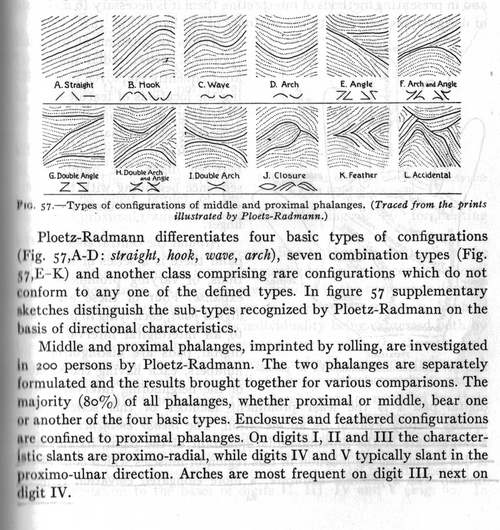

Could also be a 'feather' pattern.
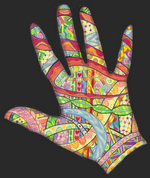
Patti- Posts : 3912
Join date : 2010-07-24
 Re: The Hands of Alzheimer's Patient
Re: The Hands of Alzheimer's Patient
Patti wrote:Sue Miller wrote:mmm I see a bit of confusion has arisen over which finger I was talking about, it was the right hand, and the basal phalange of the Apollo finger I was referring to in my first post, and now I look again I do see a radial loop on the middle phalange of the middle finger on the same hand (right), any ideas on an interpretation for that? What an interesting discussion Kiran has prompted!

You were posting as I was composing my post and I didn't see you had posted until after.
If you notice the scanned section from Cummins & Midlo, I uploaded about the pattern on the phalanges, it says this pattern is only seen on the proximal phalange! This would mean they didn't see one in their studies. I'd say that makes this fairly rare!
It'd be one of those things where you ask that person who is 1 in a million (or a few thousand) what is different about them from everyone else. It'd probably either be something so unique and obvious, or something impossible to identify.
Patti, are you telling about enclosures and feathers here?
 Re: The Hands of Alzheimer's Patient
Re: The Hands of Alzheimer's Patient
Martijn, thank you for answering the basic questions.
I am also posting the hand pics.
Patti, I am posting the ink prints of the hands. But, they aren't as good as the digital pics.
The vertical lines on her proximal phalanges were so strong that the ridges havn't come clearly. I have taken 2 prints of each hand. I am posting both for each hand. Here they go:
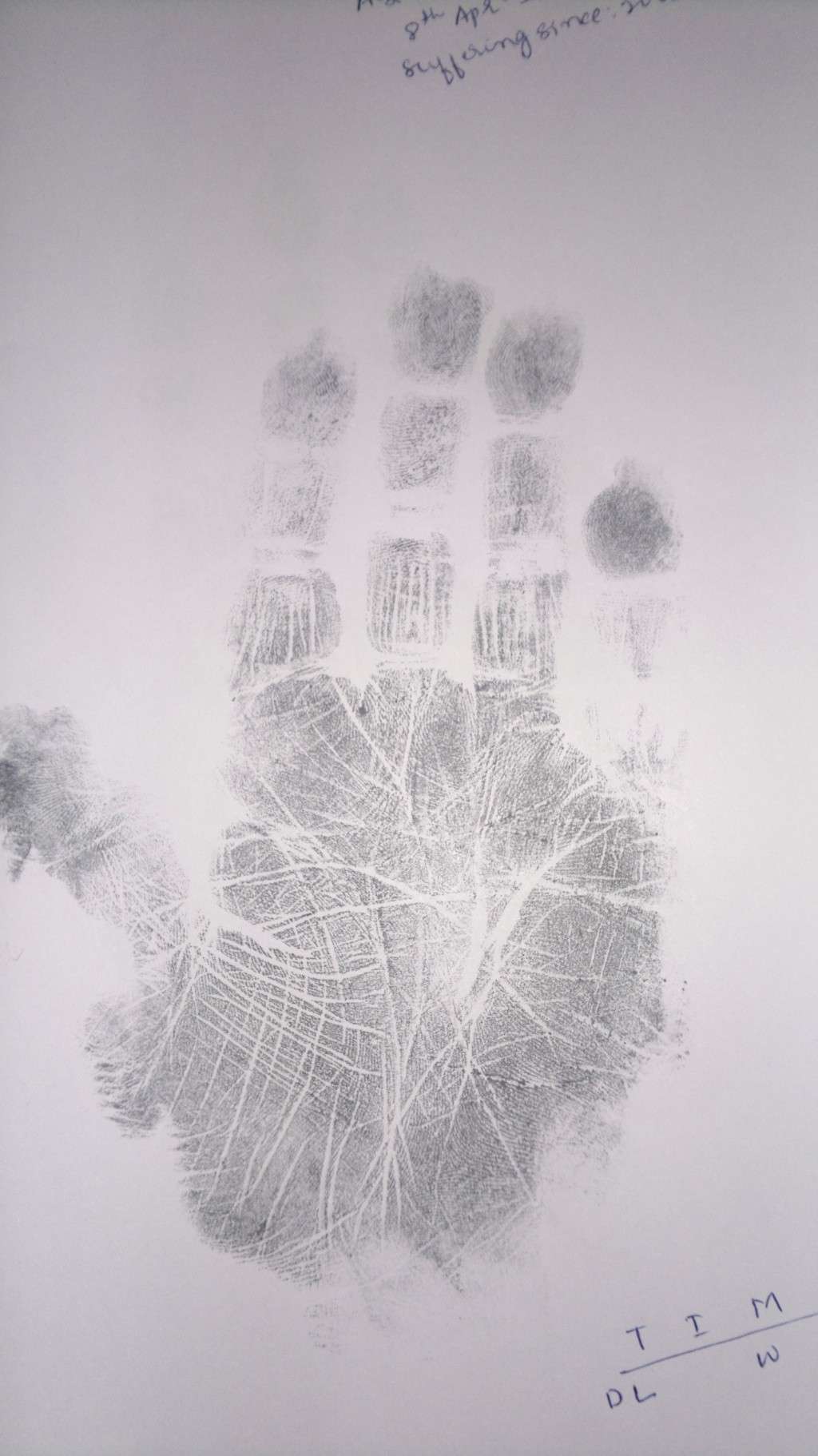


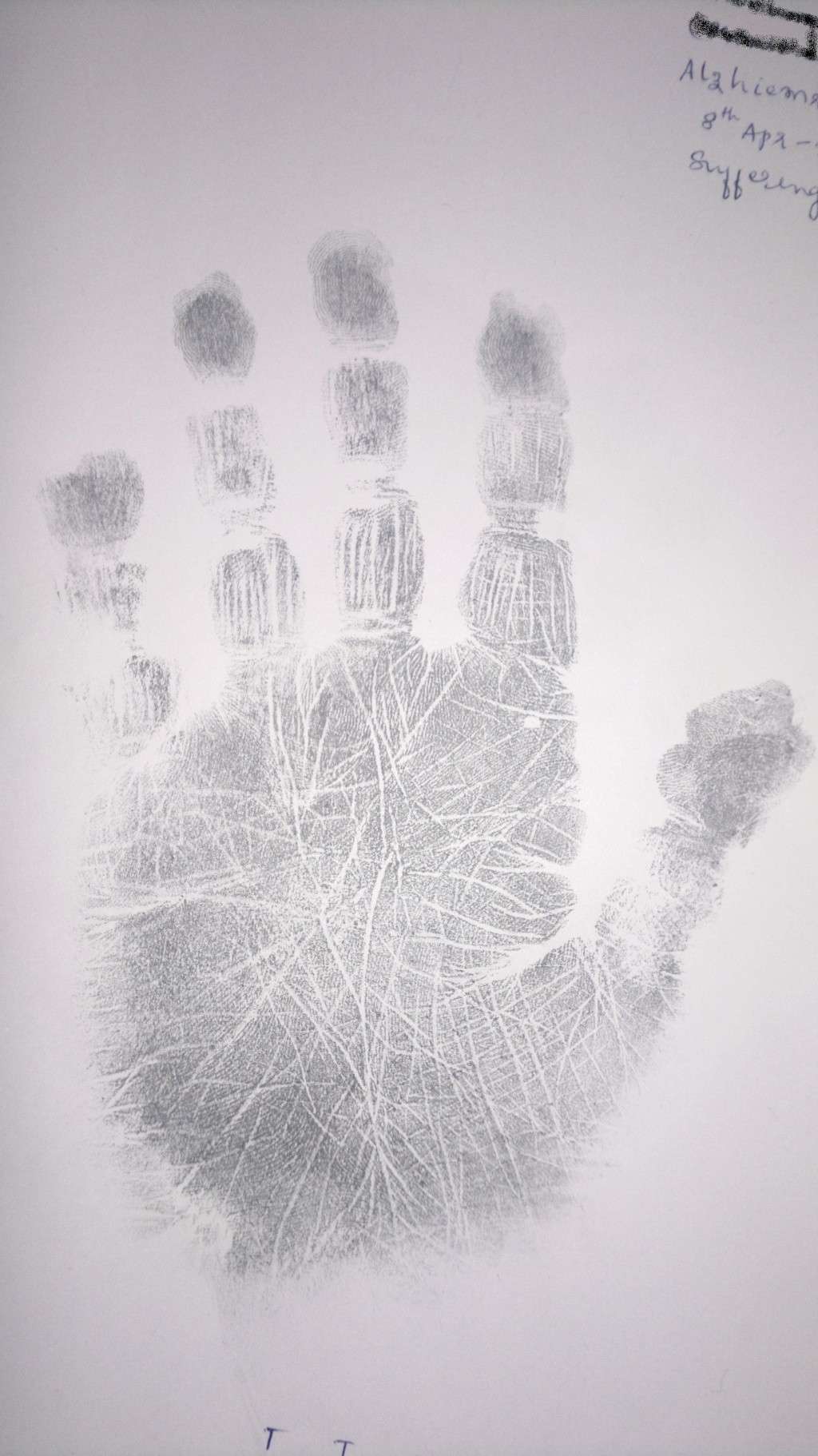
I am also posting the hand pics.
Patti, I am posting the ink prints of the hands. But, they aren't as good as the digital pics.
The vertical lines on her proximal phalanges were so strong that the ridges havn't come clearly. I have taken 2 prints of each hand. I am posting both for each hand. Here they go:




 Re: The Hands of Alzheimer's Patient
Re: The Hands of Alzheimer's Patient
Thank you Sue.Sue Miller wrote:What an interesting discussion Kiran has prompted!
 Re: The Hands of Alzheimer's Patient
Re: The Hands of Alzheimer's Patient
Patti wrote:
According to these patterns on the phalanges it would be described as a 'closure'. The text uses the word 'enclosure'.
Finger Prints Palms & Soles
Could also be a 'feather' pattern.
Sorry Patti, also after seeing the inkprint I think that both the photo and the ink print provide only evidence for the presence of an 'angle' - simply because there is no triradius and there are no looping ridge lines.
(See the picture below - which provides a zoom in on the dermatoglyphics of the middle finger and the ring finger of the right hand).
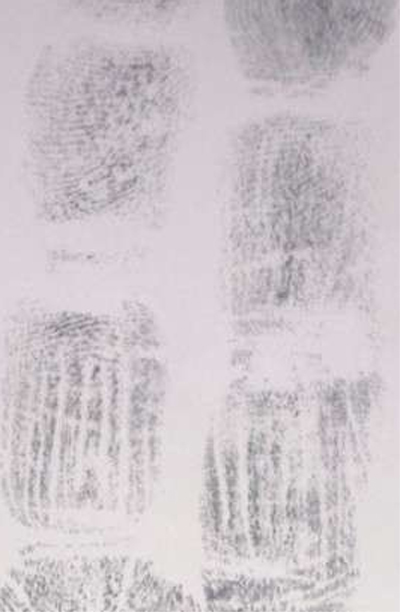
 Re: The Hands of Alzheimer's Patient
Re: The Hands of Alzheimer's Patient

I still see the pattern as a closure. However, her left ring finger (above) does have an angle and it's obvious how different they are.
The main difference is that in the 'closure' pattern you can see where two ridges part ways and the area is filled by a kind of a loop formation. In the angle there are two fields of ridges butting up against each other at an angle.
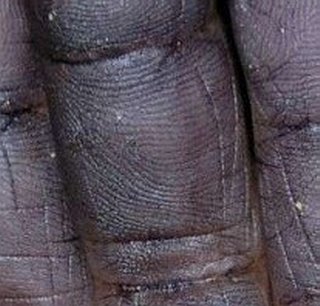
I do not think the rules of a loop or triradius are relevant on the phalanges. They call it a 'closure' not a loop. Look at the 3 sketches under the example as other samples.

Patti- Posts : 3912
Join date : 2010-07-24
 Re: The Hands of Alzheimer's Patient
Re: The Hands of Alzheimer's Patient
Patti wrote:...
I do not think the rules of a loop or triradius are relevant on the phalanges. They call it a 'closure' not a loop. Look at the 3 sketches under the example as other samples.
Patti, I understand your argument regarding the symbolic examples - though I am not sure that these are usefull without reading the accessory comments from the author (Ploetz-Radmann).
However, what is your comment regarding the inprint?
I observe that my assessment is confirmed by the inkprint AND the photo; which leaves me wondering.... have you found any single clue for the presence of 'closure' in the inkprint...?
PS. Again, I observe that my assessment is confirmed by the photo and the inkprint. However, since we continue to disagree about what we actually see... I think there is only one option left: we can ask Kiran whether he's able to present another photo of 2nd phalange of the right middle finger.
 Re: The Hands of Alzheimer's Patient
Re: The Hands of Alzheimer's Patient
The inkprint is too indistinct.
It would be nice to have a new photo of this area.
It would be nice to have a new photo of this area.

Patti- Posts : 3912
Join date : 2010-07-24
 Re: The Hands of Alzheimer's Patient
Re: The Hands of Alzheimer's Patient
Kiran, do you have another photo or anther print available for the middle phalange of the right hand?
 Re: The Hands of Alzheimer's Patient
Re: The Hands of Alzheimer's Patient
Kiran.Katawa wrote:Hi,
These are the hands of an Alzheimer's patient. She can utter a few half-words by combining couple of starting letters, remembers things very well. But, doesn't have control on her body. For eating, getting up, sitting, any movements etc...she is dependent on others. To summarize, she has no control of her body from her mind.
In the pics below, please ignore the ink, as I forgot to take the pics before taking ink print.
I have put couple of pics after washing her inked hands. So, pls again, ignore the darkness of her hands.
Her finger print pattern is:
RIGHT HAND( from thumb to little finger): Double Loop,?, Whorl, Whorl, Whorl
LEFT HAND( from thumb to little finger): Ulnar loop, Double loop , Whorl, Whorl, Whorl
What do you think is her RIGHT HAND's index finger's finger print?
Also -
What indications can you see in the hand that indicate that she has/could have developed Alzheimer's?
Few things I noticed are:
- A loop in the beginning of her left hand's head line, once it gets separated from life line.
- A Mars attack line which goes from inside the life line to the heart line. Noticeably, this is as thick as any major line. I take it as dividing: the upper section of the hand with the lower section. The same line is appearing in her left hand, with the same sharpness/thickness as that of a major line. She is my friend's mother. He told that as such there hasn't been any bad/severe incidents in her past that has caused her tension/problem etc - which is usually indicated by this Mars attack line. So, I think, this is a dividing line, which is separating her upper section of the hand( which is for consciousness) with the lower section of the hand( which is body related).
- This Mars attack line touches her heart line under/before the Mercury finger. So, her Mercury finger and its below portion till the mount of Moon are connected. I think, that's why she has retained her ability to speak, to think about herself. Do you agree too?
- She has strange finger print on her left hand's index finger.
- Double loops on index of left hand and thumb of right hand are horizontally residing( Can this be a strange consideration)
- The section above the heart line in her left hand, has many crisscross lines.
What other observations can you make out?
Its a fire shaped hand, with fire skin texture.
Hi Kiran,
It's been interesting studying the hands of your friend's mother. I really appreciate that you have shared them with us.
While doing research on dermatoglyphics and Alzheimer's I've come across several pieces of information that I think might be relevant. But first, one thing is that a signature symptom of Alzheimer's is memory loss. In your first paragraph you say she has an excellent memory.
http://www.alzheimerstreatment.org/information/progression.html
The literature I found said that the catatonic condition was not actually a symptom of Alzheimer's itself but was from the severe depression from losing one's abilities.
Catatonia: A Clinician's Guide to Diagnosis and Treatment (Google books)
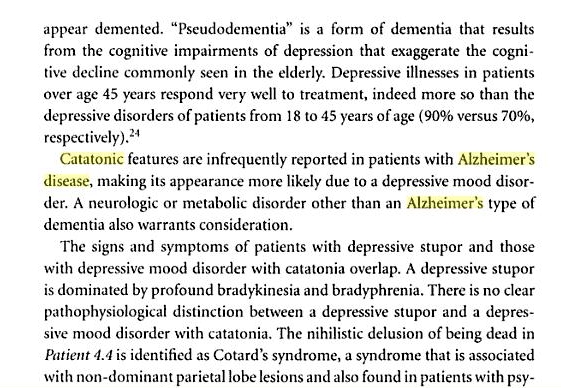
The reference in the link from Pub Med (posted earlier) compared Alzheimer's to Down Syndrome but couldn't find dg comparisons. Yet there is some kind of connection or similarity made to Down Syndrome.
In the book Dermatoglyphics of Schizophrenics by Amrita Bagga has a section on ridge dissociation. On page 135 she says "Although rare in normal populations, ridge dissociation is found with increased frequency in individuals suffering various medical disorders." The long list ends with "mental deficiency". Included in the examples is a Down Syndrome individual's print with ridge dissociation.
Ridge dissociation is described in several ways. One is when the ridges begin to break down into dots and dashes and/or string of pearls in patches. There are a number of locations on her finger's phalanges that appear to have a mix of ridge dissociation along with ridges malformed congenitally. (clearer images would help here to be sure - the thinning skin of the elderly makes it difficult to get sharp ink prints.)
Also, in the same book, (page 60) the Twin Loop is mentioned. Twin Loops are identified separately from the lateral pocket loops. In regards to patients described as hebephrenic and catatonic this quote might be interesting to you. Males and left hands were generally more common in various categories except: "Female patients exhibit higher incidence of this particular pattern among Cata. (Rt 10%, Lt 0%) and undifferentiated (Rt 8.57%; Lt 2.8%) Brahmins in their right palms compared to left palms." (in the end pooled results showed caste didn't really matter to the overall study with only one mentioned exception)
Cummins & Midlo combine the lateral pockets with the twin loops and show an average of around 3% in the general population on the index finger. That would mean the twin loop alone would be even less often found.
These are some of my findings. If she has Alzheimer's it would seem that she is in the final stages to be catatonic, but that would not make sense if she has a good memory. I wonder if it's dementia with severe depression??
Some questions. Does she lean heavily to one side? Place most of her weight onto one side of her body when standing? And does she hold her head way out in front of her body, maybe that would be caused by a very humped back at the shoulders? This is from studying her fingernails. What do you know about her damaged thumb nail? How old is she?
http://books.google.com/books?id=Zkp10N5Hu4oC&pg=PA84&lpg=PA84&dq=catatonic+alzheimer's+disease&source=bl&ots=_Rx7ZO7OlC&sig=7fTu9YkCYLmju6KMJqpRaMS-vns&hl=en&sa=X&ei=YnWHT4yMCcK-gAfB1YHuBw&ved=0CFMQ6AEwBA#v=onepage&q=catatonic%20alzheimer's%20disease&f=false
If by chance she does tend to have a weakness on one side of her body - scroll down to page 97 at the above link to:

"Neurologicic conditions are also to be considered when the motor signs are unilateral,"

Patti- Posts : 3912
Join date : 2010-07-24
 Re: The Hands of Alzheimer's Patient
Re: The Hands of Alzheimer's Patient
Hi Patti,
thank you for the detailed reply.
My friend told that, the cases of schizophrenics are rare in India. Its been diagnosed by specialized doctor. He also told - for some ppl it starts with memory loss and for some it starts with loss of control on body, loss of speech, a fixed eye sight and ends with memory loss! Have you heard of this?!
But, from this link, http://www.alzheimerstreatment.org/information/progression.html she is in stage 7. And strangely, she retains memory.
To answer your qtns: Yes, she leans on one side. She is like a lump of body without control on it, but, still alive! But, she doesn't hold her head way out in front of her body.
She is around 60. Her damaged thumb nail is nothing to do with this disease, but, 'coz of a small accident, where the finger got struck in the door!
If you're saying that its a "dementia with severe depression", do you see anything related to that influence line, which is very strong! I have to ask my friend to check with her past, if anything went really very wrong, which might have disturbed her severely.
thank you for the detailed reply.
My friend told that, the cases of schizophrenics are rare in India. Its been diagnosed by specialized doctor. He also told - for some ppl it starts with memory loss and for some it starts with loss of control on body, loss of speech, a fixed eye sight and ends with memory loss! Have you heard of this?!
But, from this link, http://www.alzheimerstreatment.org/information/progression.html she is in stage 7. And strangely, she retains memory.
To answer your qtns: Yes, she leans on one side. She is like a lump of body without control on it, but, still alive! But, she doesn't hold her head way out in front of her body.
She is around 60. Her damaged thumb nail is nothing to do with this disease, but, 'coz of a small accident, where the finger got struck in the door!
If you're saying that its a "dementia with severe depression", do you see anything related to that influence line, which is very strong! I have to ask my friend to check with her past, if anything went really very wrong, which might have disturbed her severely.
 Re: The Hands of Alzheimer's Patient
Re: The Hands of Alzheimer's Patient
Kiran.Katawa wrote:Hi Patti,
thank you for the detailed reply.
My friend told that, the cases of schizophrenics are rare in India. Its been diagnosed by specialized doctor. He also told - for some ppl it starts with memory loss and for some it starts with loss of control on body, loss of speech, a fixed eye sight and ends with memory loss! Have you heard of this?!
But, from this link, http://www.alzheimerstreatment.org/information/progression.html she is in stage 7. And strangely, she retains memory.
To answer your qtns: Yes, she leans on one side. She is like a lump of body without control on it, but, still alive! But, she doesn't hold her head way out in front of her body.
She is around 60. Her damaged thumb nail is nothing to do with this disease, but, 'coz of a small accident, where the finger got struck in the door!
If you're saying that its a "dementia with severe depression", do you see anything related to that influence line, which is very strong! I have to ask my friend to check with her past, if anything went really very wrong, which might have disturbed her severely.
Thanks Kiran!
I don't think it's schizophrenia related - in a way I shared the path of research and how looking up one thing led to looking up another.
Of course I have no medical experience, but from all that I read and the things I do know from experience, I think she has an injury to her brain on one side. Especially with the weakness in half her body and her mumbling the beginnings of words, I'm reminded of people who have had strokes. I wonder if she had an unrecognized and untreated stroke. She seems too young for Alzheimer's but I guess I should look at the data before I say that and the link you posted.
I think the line you are asking me about relates to an important emotional experience. Getting married, having a baby, death of a loved one.. etc.

Patti- Posts : 3912
Join date : 2010-07-24
Page 2 of 2 •  1, 2
1, 2
 Similar topics
Similar topics» HANDS & IQ - Guidelines for an intelligence assessment via your hands!
» Very Different Right & Left Hands
» Autism Gal and Her Hands
» Look at both of your hands
» NEW HANDS
» Very Different Right & Left Hands
» Autism Gal and Her Hands
» Look at both of your hands
» NEW HANDS
Modern Hand Reading Forum - Discover the language of your hands: palm reading & palmistry forum! :: III - MODERN HAND READING - Various systems for reading hands! :: IIIa - Modern Palmistry: general topics, questions
Page 2 of 2
Permissions in this forum:
You cannot reply to topics in this forum






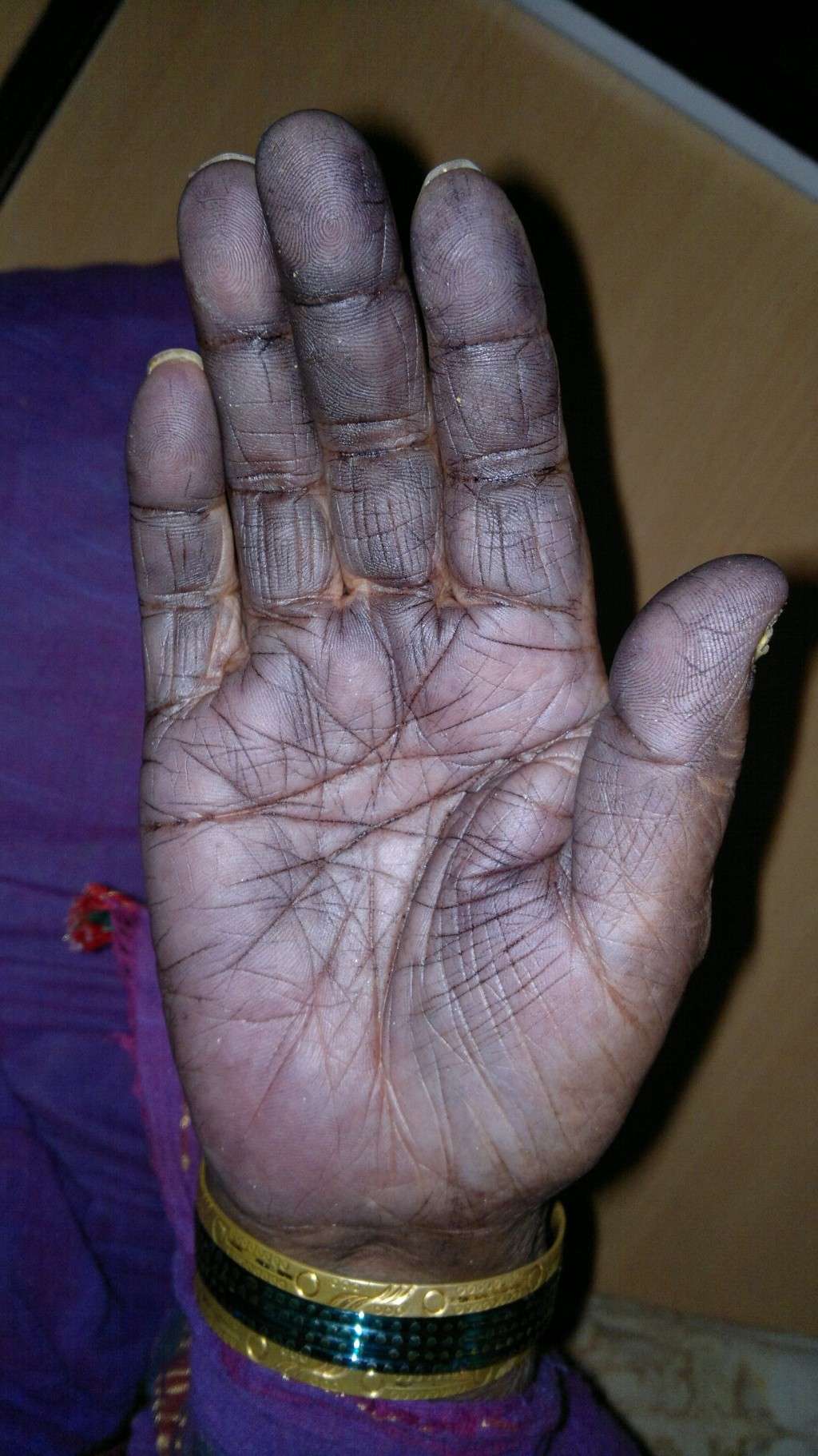
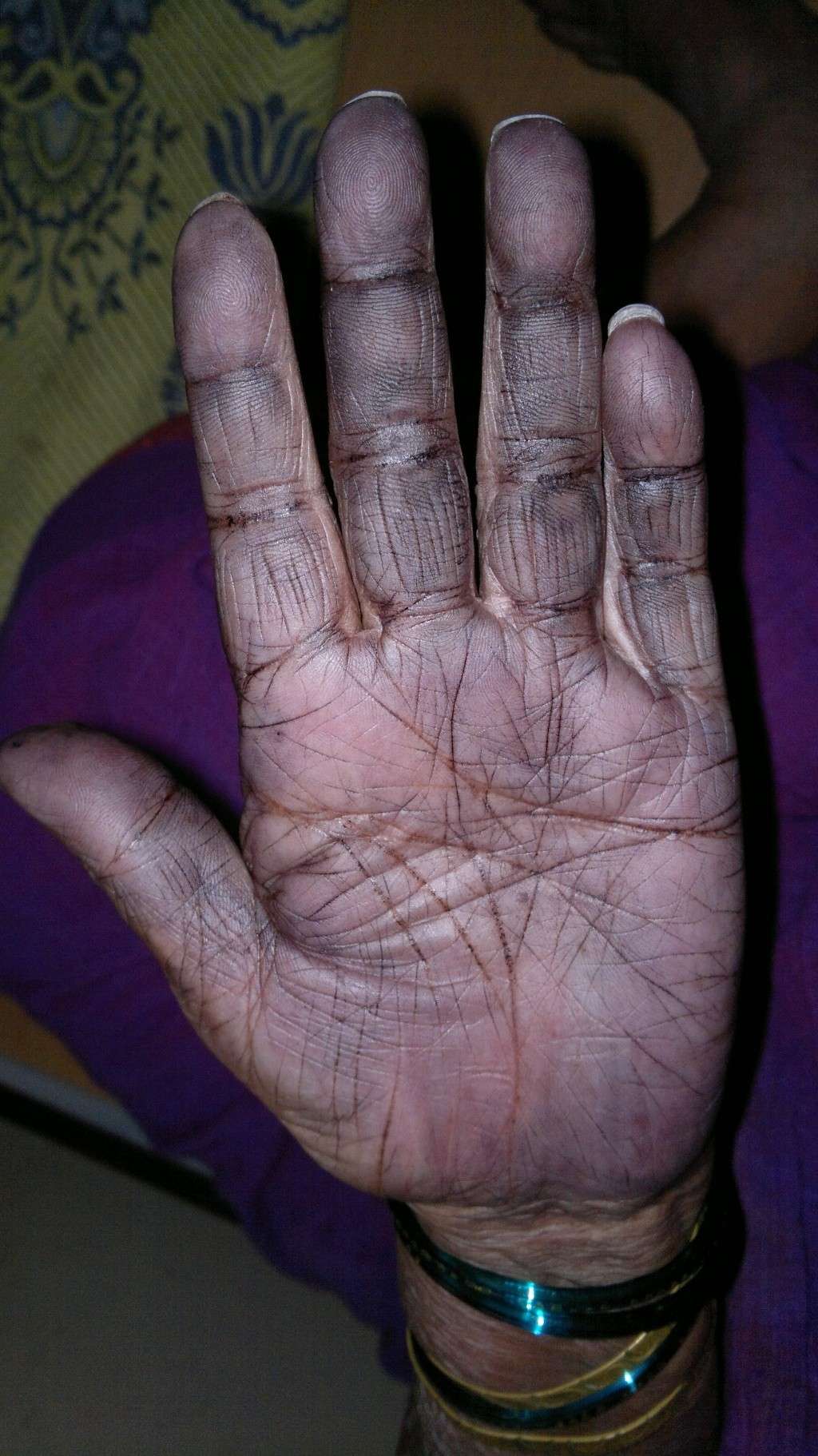
» Teacher square on my Jupiter mount
» Handreading International Conference 2024
» Can anyone read it for me?
» Are there any signs in the hands that you are a twin flame?
» Square on Marriage line
» Cross in mount Jupiter
» clinodactyly: top phalanges bending towards Mercury finger
» Can anybody please read this hand
» Nisha Ghai
» Absolutely non-sense career till now
» Fate Destiny Line -
» VIII - Palmistry books TOP 100 - listed by 'Amazon Sales Rank'!
» Stewart Culin - Palmistry in China and Japan
» Herbert Giles - Palmistry in China